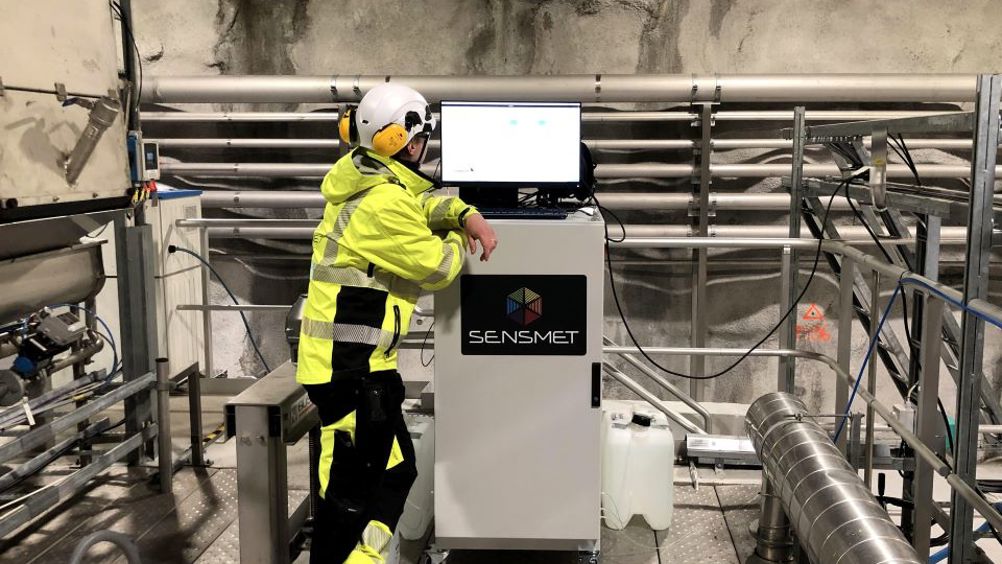Analyser brings battery metal analysis onto site
Sensmet has launched µDOES, a new technology that improves the production efficiency of lithium and is suited also to the recycling of ‘black mass’ battery metals.

Battery metal manufacturers rely on batch sampling and laboratory analysis to control their processes, but these can be costly, labour intensive, and incur delays of 4-to-10 hours.
Finnish university spin-out Sensmet has developed µDOES (Micro-Discharge Optical Emission Spectroscopy) for installation on site to measure multiple metals, such as any battery metal and their impurities, in real-time. For black mass recycling, µDOES provides stringent online monitoring and control to reduce impurity levels and prevent the cost and delay incurred by retreatment.
An electric spark is created inside the aqueous sample, causing a microscopic volume of the fluid surrounding the spark to be flash-heated to 10,000°C. Molecules in the micro-discharge are split into atoms, which are excited to their respective higher electronic states. When they return to their ground state, the atoms release excess energy by emitting light at their characteristic wavelengths. The patented µDOES measures this atomic emission spectrum to provide a quantitative analysis of the metals in the sample.
Register now to continue reading
Thanks for visiting The Engineer. You’ve now reached your monthly limit of news stories. Register for free to unlock unlimited access to all of our news coverage, as well as premium content including opinion, in-depth features and special reports.
Benefits of registering
-
In-depth insights and coverage of key emerging trends
-
Unrestricted access to special reports throughout the year
-
Daily technology news delivered straight to your inbox










Water Sector Talent Exodus Could Cripple The Sector
Maybe if things are essential for the running of a country and we want to pay a fair price we should be running these utilities on a not for profit...